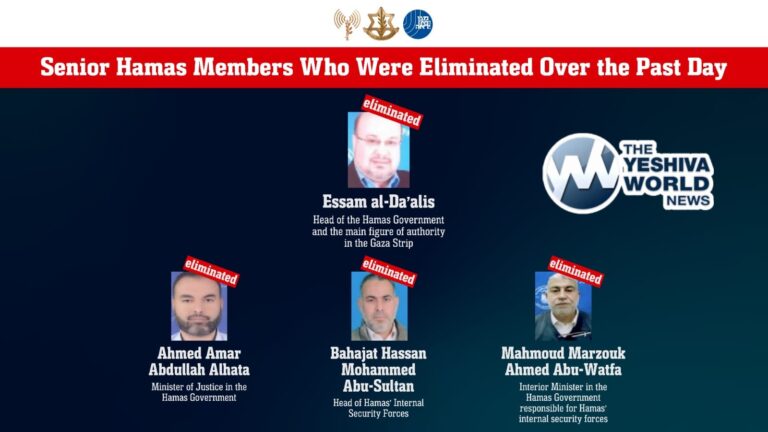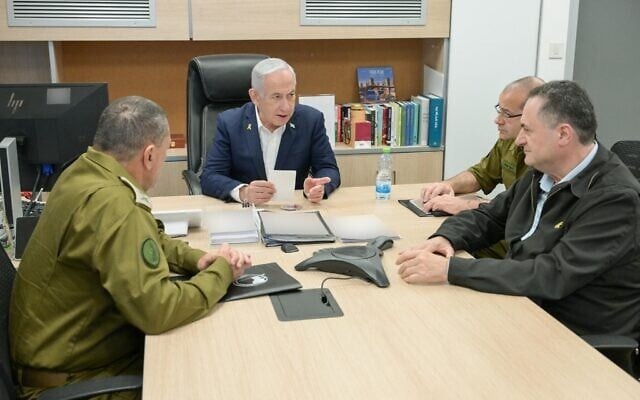by Rabbi Yair Hoffman for 5tjt.com
This Shabbos we have two treats: Shabbos Nachamu and Tu B’Av. After three weeks of devastation, we are treated to the comforting words of Yishayahu HaNavi combined with Tu b’Av.
Tu B’Av is a special day in the Jewish calendar, involving Shidduchim, the king’s daughter, and the Kohen Gadol’s daughter. Other than that, not too many people know much about it – aside from the fact that Tachanun is also not said. Yet, if we examine the sources carefully, a new theory emerges.
Traditionally, it was a day when single young ladies would wear special gowns of white in order to woo a groom. The white indicated that they were free from sin. The Braisah in Taanis (31a) states that the custom was for everyone to borrow white clothing from others so that the poorer girls who, in truth, lacked the financial means to clothe themselves properly, would not be embarrassed that they did not have something to wear. Indeed, even the king’s daughter and the Kohain Gadol’s daughter exchanged clothing.
WHY WAS IT ESTABLISHED?
So now we know what occurred on this day. But why was it established initially? What is the general background to this day?
The Gemorah in Bava Basra (121a,b) provides a number of different reasons:
RESCINDING THE LIMITATION ON SHIDDUCHIM REASON
- Rav Yehuda in the name of Shmuel: A law existed while we were in the desert after we had left Egypt. This law banned the Shvatim from marrying one another where it would cause changes in an inheritance. This law was rescinded in the 40th year on the 15th of Av. The joy inherent in rescinding this law caused the day to become very special and joyous. It is kind of like when the freezer opens in BMG.
SHAIVET BINYOMIM ALLOWED BACK IN REASON
- Rabba Bar Bar Chana in the name of Rav Yochanan: The Tribe of Binyomin was allowed to marry into K’hal Yisroel after the incident of Pilegesh B’Givah (see Shoftim 19-21). This occurred on the 15th and signified once again the unity of Israel.
STOPPED DYING REASON
- Rav Dimi Bar Yosef in the name of Rav Nachman: The people in the Midbar stopped dying on this day.
REMOVING THE BLOCKAGE TO THE BEIS HAMIKDASH REASON
- Ullah: It was the day that Hoshea Ben Ellah undid the orchards that Yeravam placed to block passage of those who wished to visit the Beis HaMikdash.
BURIAL OF BEITAR VICTIMS REASON
- Rav Masna: It was the day that the Romans allowed the victims of Beitar to be buried and it was revealed that their bodies had miraculously shown no de-composure.
TORAH LEARNING REASON
- It was the day that the cutting of the wood for the main altar in the Bais HaMikdash was finished – so it celebrated that Mitzvah and allowed them to learn.
HISTORICAL QUESTION
There is a serious historical question, however, with reason number five – proposed by Rav Masna. The sources quoted in the Gemorah indicate that Tu B’Av was observed during the time of the Bais HaMikdash. This is borne out from the Braisah having mentioned above that the king’s daughter and the Kohain Gadol’s daughter also partook in the exchange of clothing.
THE QUESTION
But how could this be? Beitar only fell after the Hadrian came to power! This was many years after the Bais HaMikdash was destroyed!
Hadrian was emperor from 117 CE to 138 CE. The Bais HaMikdash was destroyed in 70 CE. How could Rav Masna explain the reason for its establishment after it was observed?
TWO POSSIBLE ANSWERS
One possible answer may be that each of these opinions listed subscribes to a multiplicity of reasons why Tu B’Av was actually observed. Perhaps they actually do not argue with each other, and all these reasons existed. Indeed, this is what the Rashbam on 121a (“Yom Shehutar”) seems to imply.
Another possible response to this problem is found in the Gvuras Ari (Taanis 31a). He seems to disagree with the aforementioned Rashbam and writes that the Braisah in Taanis only actually refers to Yom Kippur and not to Tu B’Av [See statement of Rabbi Shimon Ben Gamliel in the Mishna in Taanis (26b): Israel never had grander days than Yom Kippur and Tu B’Av.]
DIFFICULTIES WITH BOTH ANSWERS
There are difficulties, however, with both answers. Rav Masna seems to say that the reason it was established was because of his reason – while he may agree that the other things happened on that day – that was not the reason it was established in his view. The Rashbam’s answer would thus require some further understanding.
The Gvuras Ari’s response is difficult to say as well because the authorial intent of the Braisah in Taanis seems to be applying the idea to Tu B’Av as well. While one could say that it is lav davka, that it does not mean what the words imply – this is difficult to propose. There is no symmetry that is generally associated with an answer of “lav davka.”
THE TWO STAGE ANSWER
Perhaps a different answer might be that the Simcha – the joy of Tu B’Av was initiated in two separate stages.
Stage one was prior to the destruction of Beitar. Tu B’Av was instituted during the time of the Bais HaMikdash as a special day of Chesed for Shidduchim. It did not have a particularly joyous significance – rather – it was a propitious time to get people married. This “Shidduch Day” was replete with Chessed. But it’s primary purpose was not to commemorate any of the other incidents.
Much later, it also happened to be that on this day, the fallen of Beitar were allowed to be buried.
Coincidence?
NO COINCIDENCES
No, not at all. There is no coincidence from the Torah’s perspective. According to Rav Masna, the Rabbis re-evaluated the days mentioned in Megilas Taanis, and knew that something extraordinary happened here. The special Chessed of that day – allowed for and enabled another chessed – that the fallen of Beitar could be buried, and to the delight of their brethren – their bodies did not decompose. A recognition of this chessed caused a renewal in the 15th of Av.
It would be filled with renewed purpose.
This was stage two of Tu B’Av.
When did this happen chronologically? The Yerushalmi (Taanis 4:5) states that 52 years after the destruction of the Bais HaMikdash, Beitar was destroyed. This would be in 122 CE.
THE TIME FRAME
The Gemorah in Gittin 57a gives us the background. The people of Beitar had the custom of planting a tree upon the birth of each child. Upon the engagement of two Beitar children, they would cut down the trees that were planted and would build a Chupah. One time the Roman emperor’s daughter passed by Beitar and her chariot broke down. Her servants cut down a tree that a Beitar resident had planted for his son’s wedding.
The people of Beiter beat up the emperor’s daughter’s servants. The emperor was furious and commanded that they be wiped out. The Yerushalmi indicates that it ended when the next Emperor took over. It is not clear, however, whether the Bavli agrees to the dates of the Yerushalmi.
But getting back to this new approach in understanding Rav Masna – that Tu B’Av had two stages: the first a “Chessed Day” during the time of the Bais HaMikdash and the second stage – a time when this day was enacted by later Chazal as a remarkable Yom Tov- is there a lesson that can be learned?
THE POWER OF CHESSED
It would seem that when Chessed is done on a particular day, it creates Kochos and forces within the day itself that will have positive repercussions on that day ever onward. We find this idea in the Michtav M’Eliyahu as well, that time travels in a circle and not straight down. The chessed and Mitzvos imbued on a particular day, change that day forever afterward. Let us keep this in mind for Yahrtzeits, Yomim Tovim, etc. The chessed done on that day has ramifications for that day forever onward.
THE LESSON
This, is a lesson that we can carry with us about this holiday of Tu B’Av – throughout the year. Chessed is something that lasts forever. It is an idea that should inspire us in our Dveikus Bashem – and is a new insight into the holiday of Tu B’Av.
The author can be reached at [email protected]
Attention Readers: The tenth volume of the author’s “Not Your Usual Halacha” series is looking for a sponsor. If anyone is interested – please email the author.











